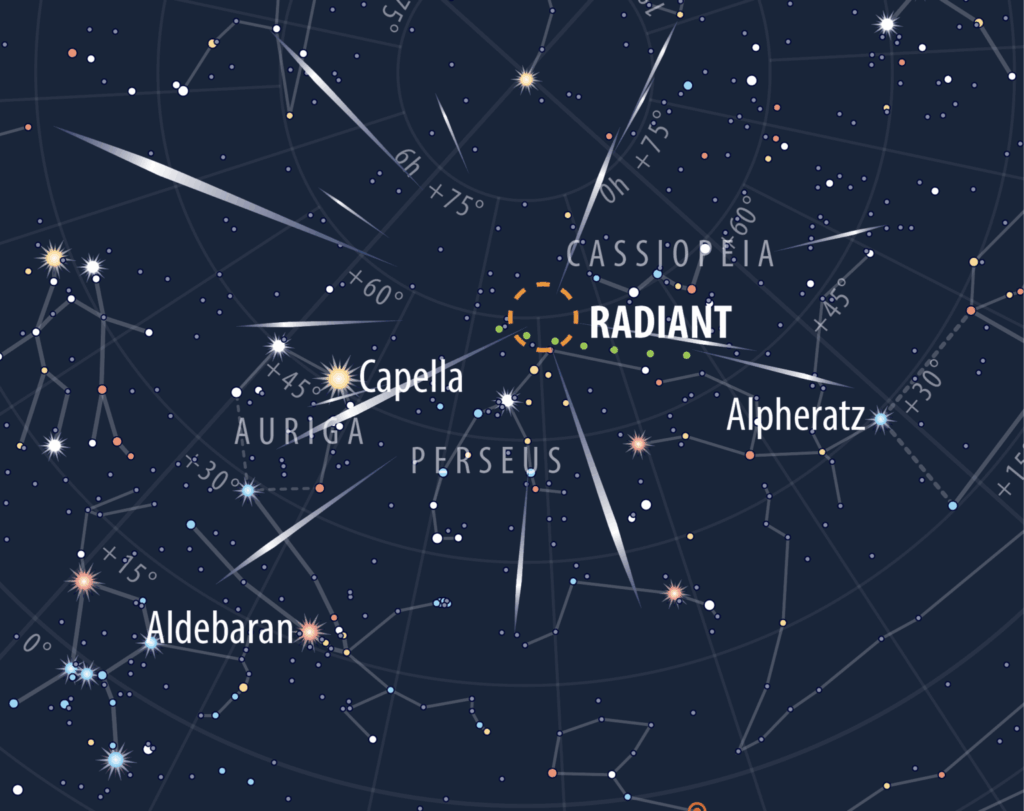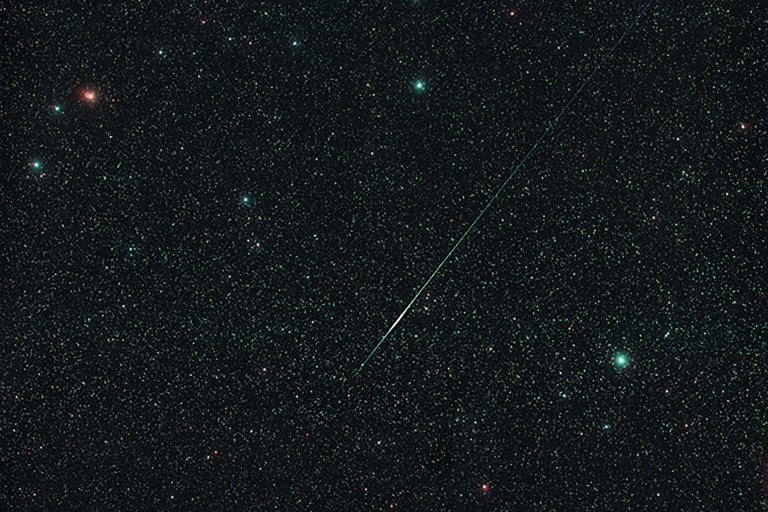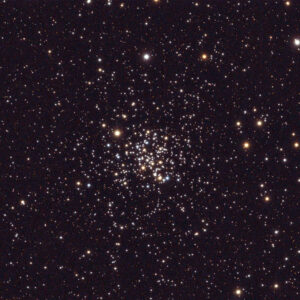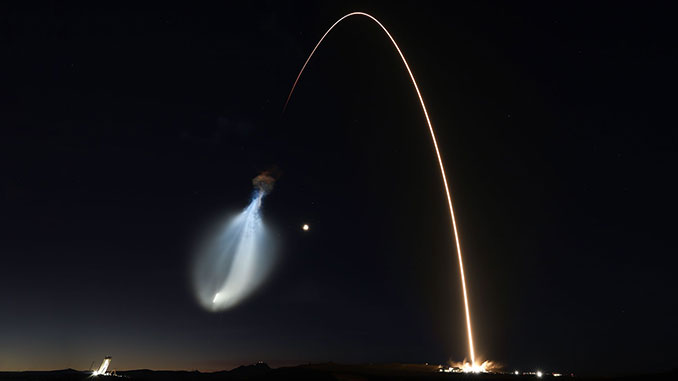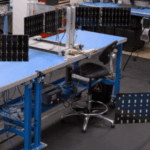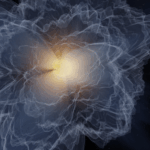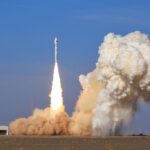Now Reading: Belt up for a journey to the heart of Orion and the Horsehead Nebula
-
01
Belt up for a journey to the heart of Orion and the Horsehead Nebula
Belt up for a journey to the heart of Orion and the Horsehead Nebula
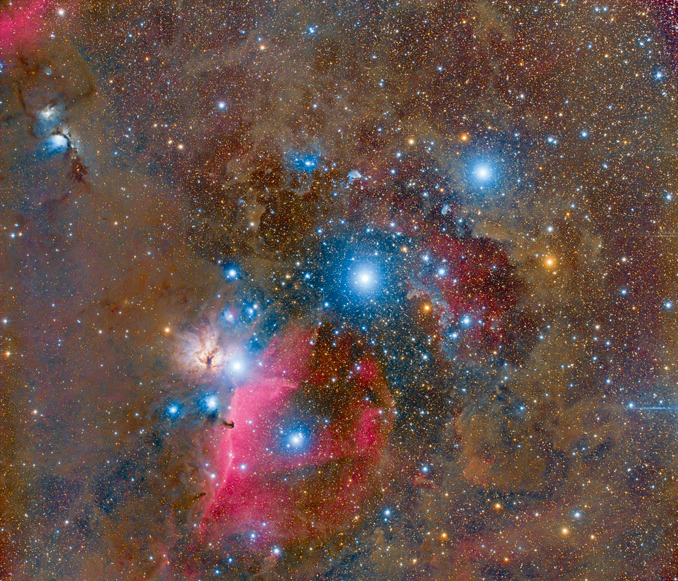
Orion’s three, evenly spaced central ‘Belt’ stars are easy to spot and lead the way to the iconic Horsehead Nebula.

Along with Betelgeuse and Rigel Orion’s three, evenly spaced central ‘Belt’ stars are the easy to spot, placed in a roughly three degree line orientated lower-left to upper-right (south–east to north–west) within Orion’s famous bright star pattern. Together, they make an outstanding target for a pair of 10 x 50 binoculars
All are magnificent stars; Alnitak (zeta Orionis [Ori]), the easternmost-lying of the three, shines at almost first magnitude (+1.74) despite its remote 815 light-year distance. It is actually a great double star for small telescopes, with a hot class-O9 star of magnitude +1.9 separated from another class B0 star of magnitude +4 by a challenging two arcseconds.
The middle star Alnilam (epsilon Ori) is marginally the brightest of the terrific trio, shining at magnitude +1.70 despite being more remote at a distance of 1,340 light years It is a class-B0 supergiant that is so intrinsically luminous that it radiates 375,000 times more than our Sun across all wavelengths! Lastly, Mintaka (delta Ori; magnitude +2.23) is a close binary with hot class-O and -B components that lie too close together for optical detection, though there is a seventh-magnitude companion that can been seen 52 arcseconds away.
Let’s now head back to Alnitak to locate two of Orion’s iconic deep-sky landmarks, the Horsehead Nebula (Barnard 33) and the Flame Nebula (NGC 2024 & Sh2-277).
The scorching Flame Nebula
The Flame Nebula (NGC 2024 & Sh2-277) is a fan-shaped emission nebula, or H-II region, spanning half a degree across that is being energised by the fierce torrent of ultra-violet light spewing from Alnitak, which lies just to its south-east. Keeping Alnitak out of the field of view, a 150mm (6-inch) telescope can show two distinct areas of nebulosity separated by a spectacular, three-arcminute-wide dividing dust lane, a vista which has become so familiar owing to the magnificent images shot of the area.

Home in on the Horsehead
The beguiling Horsehead Nebula is arguably the most famous example of a dark nebula, cold and dense clouds of obscuring gas and dust that blot out the light from stars and other objects that lie beyond, from our perspective. It is one of those iconic deep-sky targets that has teased and tantalised visual observers for more than half and century. It now yields wonderful images, especially those wide-field efforts which take in the nearby Flame Nebula.

From Alnitak look for HIP 26756, a magnitude +7.5 star lying around 22 arcminutes south. This star is the most northerly of an isosceles triangle-shaped trio of stars with magnitude +7.6 HIP 26694, which lies 13 arcminutes south-west of HIP 26756, and magnitude +7.9 HIP 26752, 25 arcminutes south. The Horsehead is located roughly in the centre of the triangle, about eight arcminutes south of HIP 26756.
Visually, the Horsehead is seen as just a small (five arcminute long) notch silhouetted against the ionised gas of IC 434, a long, tapering finger of red emission nebulosity that spans 90’ x 14’(to its widest extent near Alnitak).Whether you are successful in catching a glimpse of your equine quarry will greatly depend on sky conditions. From a dark-sky location, wait for a moonless (the Moon is new at the end of January) and very transparent night and get fully dark-adapted. How large a telescope you’ll need is open to debate; observers do report seeing it with instruments as small as 100–150mm (4 to 6 inches) in aperture.

Once you’re certain you are looking in the right place, insert a hydrogen-beta narrowband filter, or a UHC filter, preferably with a 300mm (12-inch) telescope. Have a go with a lesser aperture if you can spot the Flame Nebula, an easier targetthat should be seen through a 200mm (8-inch) ‘scope. Take your time and try to detect the dim glow of the aforementioned IC 434, the 90 <M>x<M> 14 arcminute-sized tapered finger of nebulosity running south from Alnitak. You may need to keep HIP 26756 out of your field of view and try using averted vision. If you can detect a faint notch, or hole, then you can pat yourself on the back!
Stay Informed With the Latest & Most Important News
Previous Post
Next Post
-
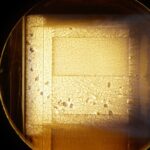 012024 in Review: Highlights from NASA in Silicon Valley
012024 in Review: Highlights from NASA in Silicon Valley -
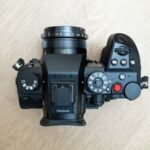 02Panasonic Leica Summilux DG 15mm f/1.7 ASPH review
02Panasonic Leica Summilux DG 15mm f/1.7 ASPH review -
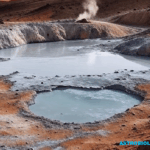 03From Polymerization-Enabled Folding and Assembly to Chemical Evolution: Key Processes for Emergence of Functional Polymers in the Origin of Life
03From Polymerization-Enabled Folding and Assembly to Chemical Evolution: Key Processes for Emergence of Functional Polymers in the Origin of Life -
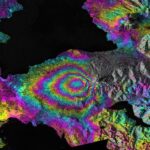 04How New NASA, India Earth Satellite NISAR Will See Earth
04How New NASA, India Earth Satellite NISAR Will See Earth -
 05And Thus Begins A New Year For Life On Earth
05And Thus Begins A New Year For Life On Earth -
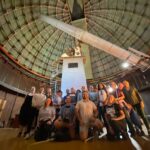 06Astronomy Activation Ambassadors: A New Era
06Astronomy Activation Ambassadors: A New Era -
07SpaceX launch surge helps set new global launch record in 2024












